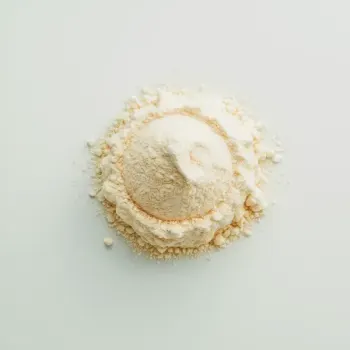


Double-acting
Baking powder that reacts in two phases: once when mixed with a liquid and again when exposed to heat. It is the most common type and is preferred for recipes that have a resting period before baking.
Single-acting
Baking powder that reacts and releases carbon dioxide when it is mixed with a liquid. Suitable for recipes that will be baked immediately after mixing.




aluminum-free baking powder: Bob's Red Mill
double-acting baking powder: Rumford





